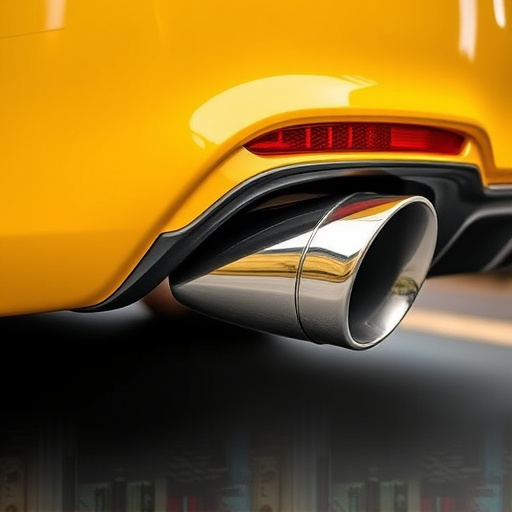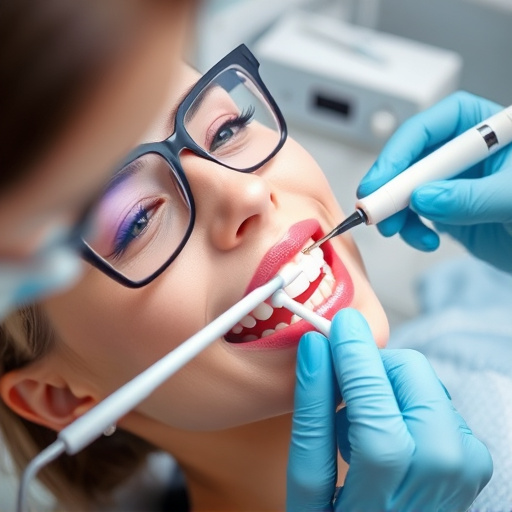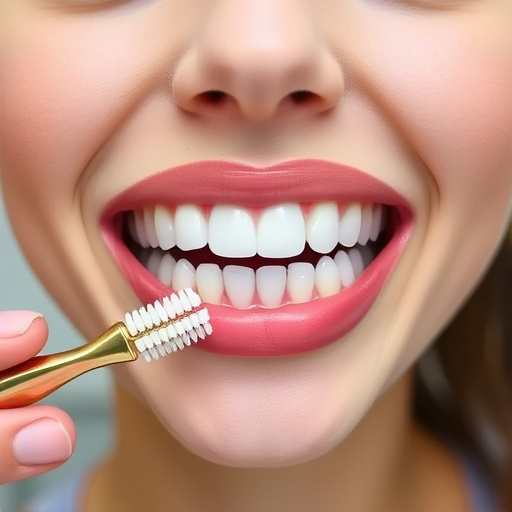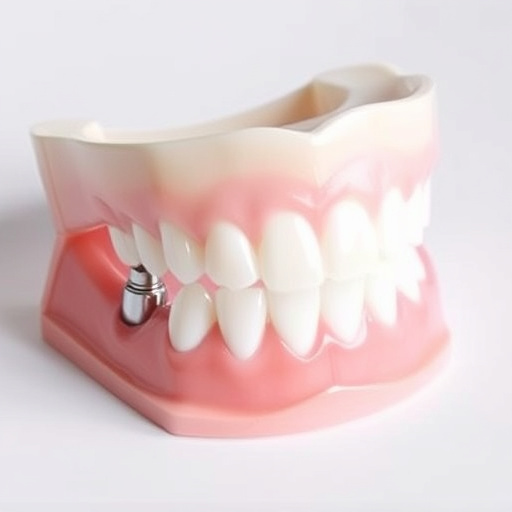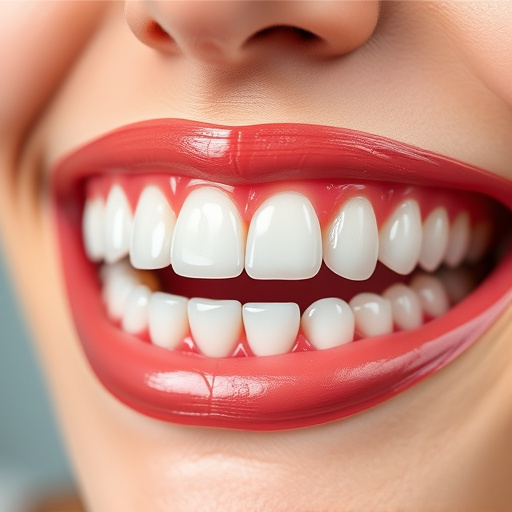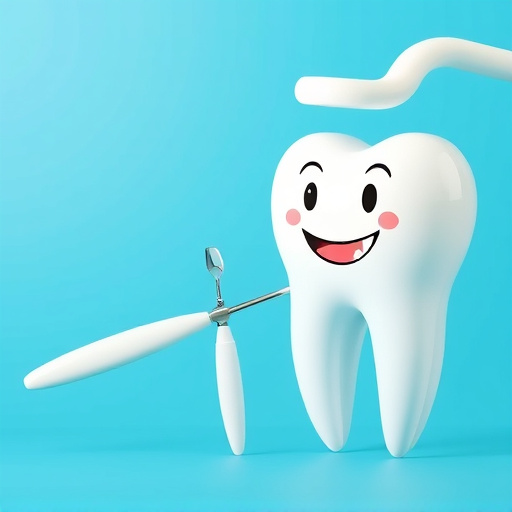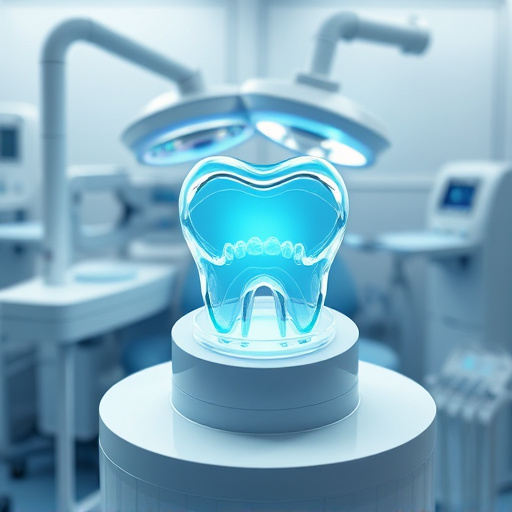Minimally invasive dentistry (MID), driven by technological advancements, has transformed traditional dental practices since the 1980s. Modern techniques leverage precision tools for conservative treatments, reducing tissue removal and procedure times. This approach benefits restorative dentistry, simplifies procedures like wisdom tooth removal, minimizes post-operative discomfort, and reduces patient anxiety. Technological innovations such as 3D imaging and CAD enable precise treatment planning, while advancements in materials science lead to durable, biofriendly restoratives and improved dental implants. These innovations make MID more accessible and contribute to healthier smiles worldwide.
“Minimally Invasive Dentistry (MID) is transforming dental care by seamlessly fusing art and science. This innovative approach prioritizes precision, comfort, and aesthetics, marking a significant evolution in oral health management. From its modest beginnings, MID has blossomed into a game-changer, leveraging advanced technologies like lasers and 3D printing to deliver exceptional results.
This article explores the history, techniques, and remarkable benefits of MID, shedding light on why it’s revolutionizing dental practices worldwide.”
- The Evolution of Minimally Invasive Dental Practices
- – Brief history and development of minimally invasive dentistry (MID)
- – Key advancements in technology and techniques that have revolutionized the field
The Evolution of Minimally Invasive Dental Practices
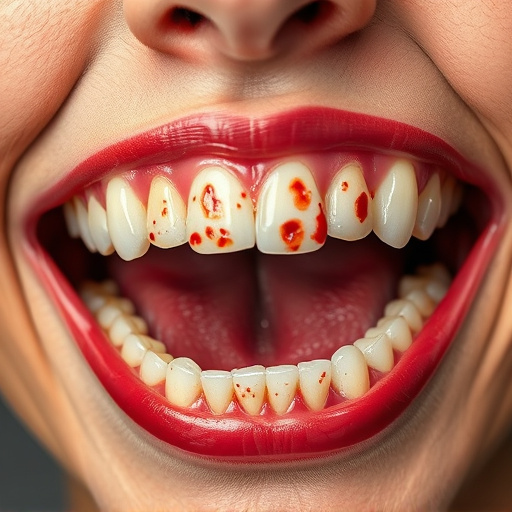
In recent years, minimally invasive dentistry has undergone a remarkable evolution, transforming traditional dental practices. This shift is driven by advancements in technology and an increasing focus on patient comfort and recovery. Early general dentistry practices often involved extensive procedures with significant patient downtime. Today, dentists are leveraging precision tools and advanced techniques to offer more conservative treatments, minimizing tissue removal and reducing overall procedure time.
The field of restorative dentistry has greatly benefited from these changes, enabling dentists to restore teeth with less invasive means. Even procedures like wisdom tooth removal, once considered a major surgery, have become simpler and safer. Modern equipment allows for precise incisions, quicker healing, and less post-operative discomfort. This evolution in minimally invasive dentistry ensures patients receive high-quality care while enjoying faster recovery times and minimal disruption to their daily lives.
– Brief history and development of minimally invasive dentistry (MID)
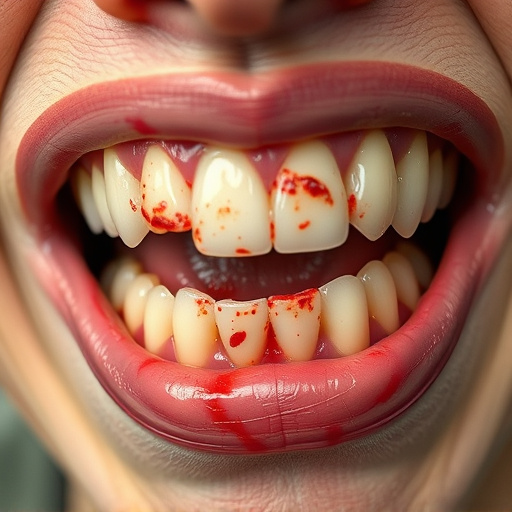
Minimally invasive dentistry (MID) has evolved significantly over the past few decades, transforming the way dental procedures are conducted. This approach, also known as conservative dentistry, aims to preserve as much natural tooth structure as possible while effectively treating various dental conditions. The roots of MID can be traced back to the early 1980s when dentists began exploring ways to reduce the trauma associated with traditional dental treatments, particularly in complex cases like wisdom tooth removal.
The development of advanced technologies and tools has played a pivotal role in advancing MID. Modern equipment, such as microscopes and digital imaging, allows for enhanced precision during surgeries, making tooth extractions less invasive. This field has gained momentum with the integration of computer-aided design (CAD) and 3D imaging, enabling dentists to plan treatments with greater accuracy. As a result, family dentistry practices can now offer more comfortable and efficient procedures, reducing patient anxiety and recovery times, even for seemingly complex tasks like wisdom tooth removal.
– Key advancements in technology and techniques that have revolutionized the field

The field of minimally invasive dentistry has witnessed remarkable transformations, driven by technological innovations and a deeper understanding of dental science. One of the most significant advancements is the integration of digital technologies such as 3D imaging and computer-aided design (CAD). These tools enable dentists to plan treatments with unprecedented precision, providing patients with more effective and less traumatic procedures. For instance, in children’s dentistry, CAD-assisted fillings and crowns can be tailored to fit perfectly, reducing the need for multiple visits and the associated anxiety for young patients.
Moreover, advancements in materials science have led to the development of biofriendly, lightweight restoratives that mimic natural tooth structures. In restorative dentistry, these materials offer enhanced durability and esthetics, improving patient satisfaction. Dental implants, a complex procedure, have also benefited from technological leaps, with improved design and surgical techniques ensuring better osseointegration and long-term success rates. These innovations not only make minimally invasive dentistry more accessible but also contribute to overall oral health by preserving tooth structures and promoting healthier smiles.
Minimally invasive dentistry (MID) has evolved significantly, combining art and science with precision to enhance patient care. The evolution of this practice, driven by technological advancements, offers more comfortable and efficient dental treatments. As MID continues to refine and expand its reach, patients can expect even greater accessibility to high-quality, less disruptive dental care.

